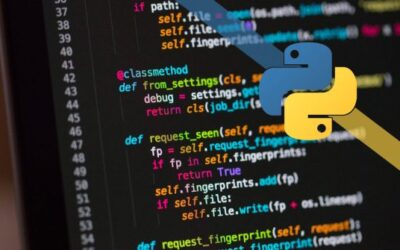Python is a general-purpose, high-level, object-oriented, and easy to learn programming language. It was created by Guido van Rossum, who is known as the godfather of “Python”. Python is a popular programming language because of its simplicity, ease of use,...
Python for Data Science and Machine Learning
read more

